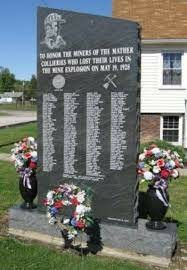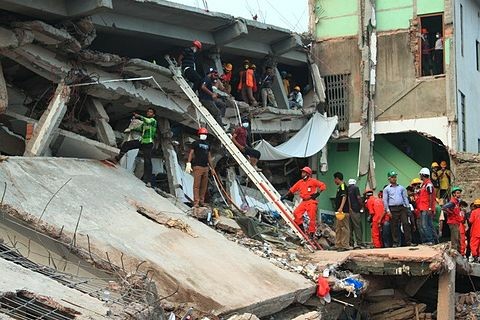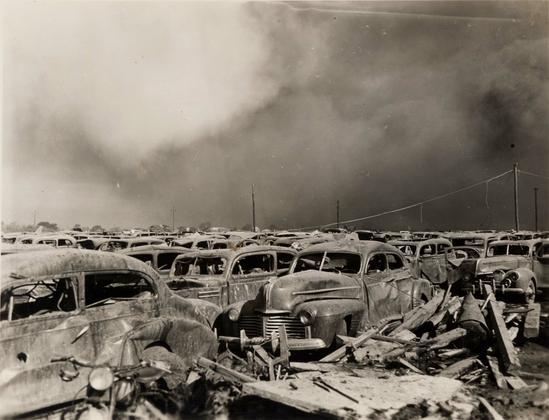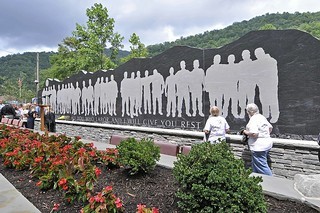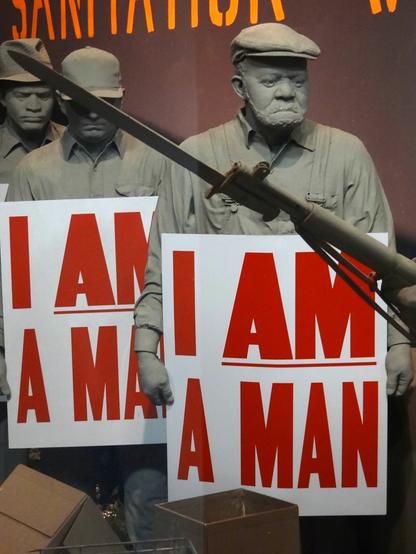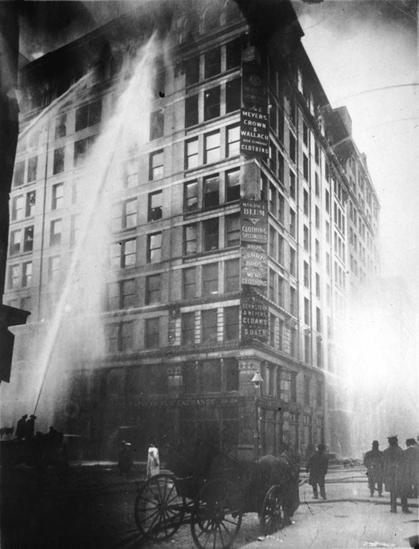Today in Labor History March 25, 1911: Triangle Shirtwaist Factory fire in New York City killed 146 people, mostly immigrant women and young girls who were working in sweatshop conditions. As tragic as this fire was for poor, working class women, over 100 workers died on the job each day in the U.S. in 1911. What was most significant was that this tragedy became a flash point for worker safety and public awareness of sweatshop conditions.
The Triangle workers had to work from 7:00 am until 8:00 pm, seven days a week. The work was almost non-stop. They got one break per day (30 minutes for lunch). For this they earned only $6.00 per week. In some cases, they had to provide their own needles and thread. Furthermore, the bosses locked the women inside the building to minimize time lost to bathroom breaks.
A year prior to the fire, 20,000 garment workers walked off the job at 500 clothing factories in New York to protest the deplorable working conditions. They demanded a 20% raise, 52-hour work week and overtime pay. Over 70 smaller companies conceded to the union’s demands within the first 48 hours of the strike. However, the bosses at Triangle formed an employers’ association with the owners of the other large factories. Soon after, strike leaders were arrested. Some were fined. Others were sent to labor camps. They also used armed thugs to beat up and intimidate strikers. By the end of the month, almost all of the smaller factories had conceded to the union. By February, 1910, the strike was finally settled.
#workingclass #LaborHistory #TriangleShirtwaistFire #workplacedeaths #strike #union #immigrant #sweatshop #childlabor #workplacesafety #fire
